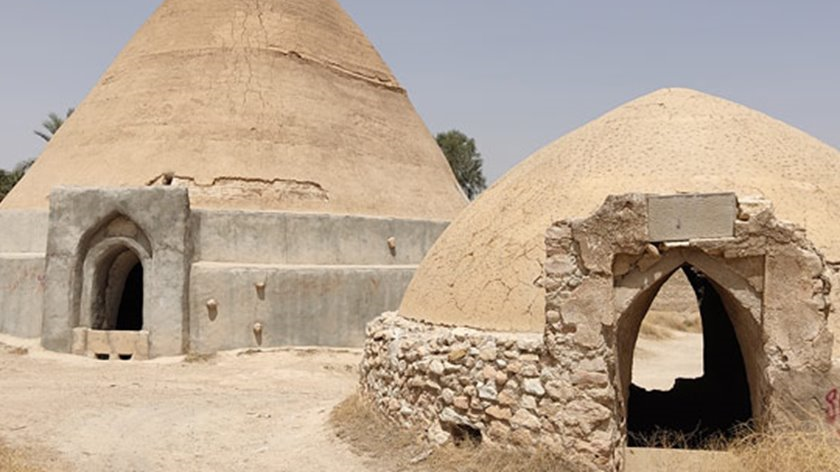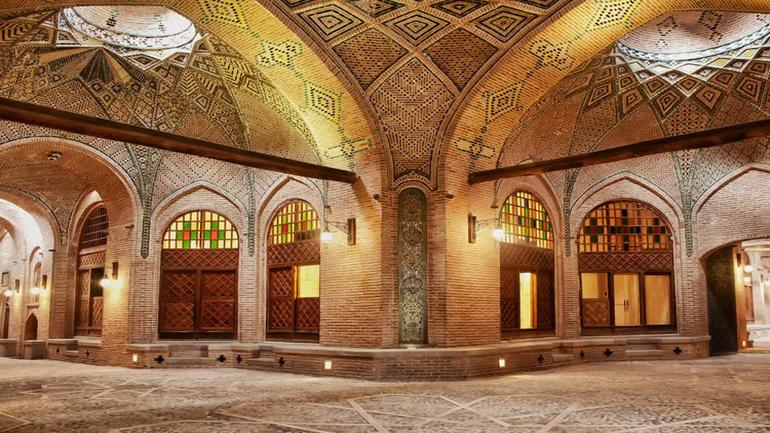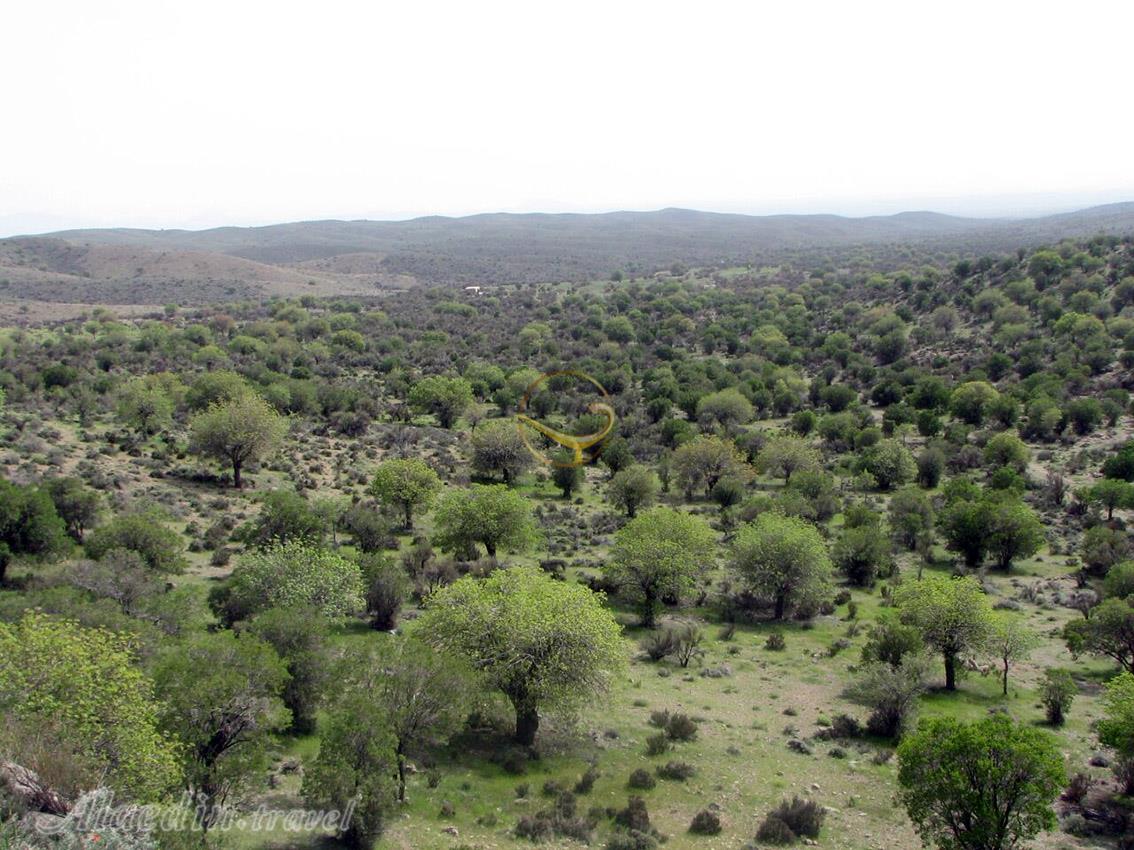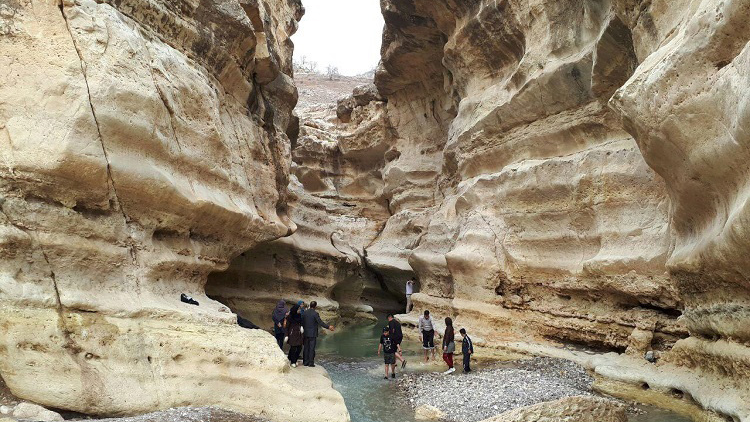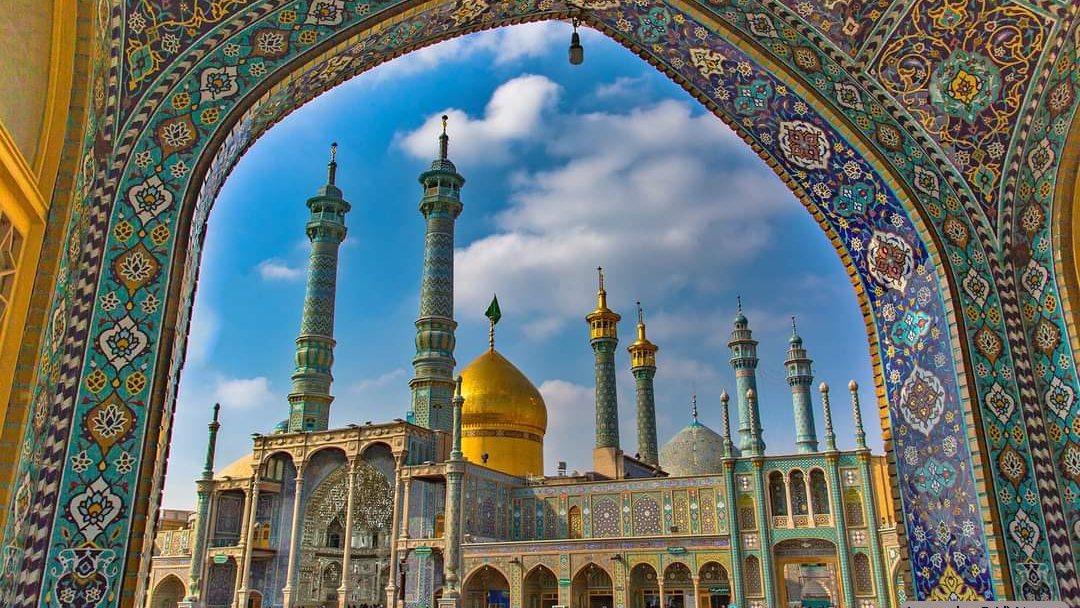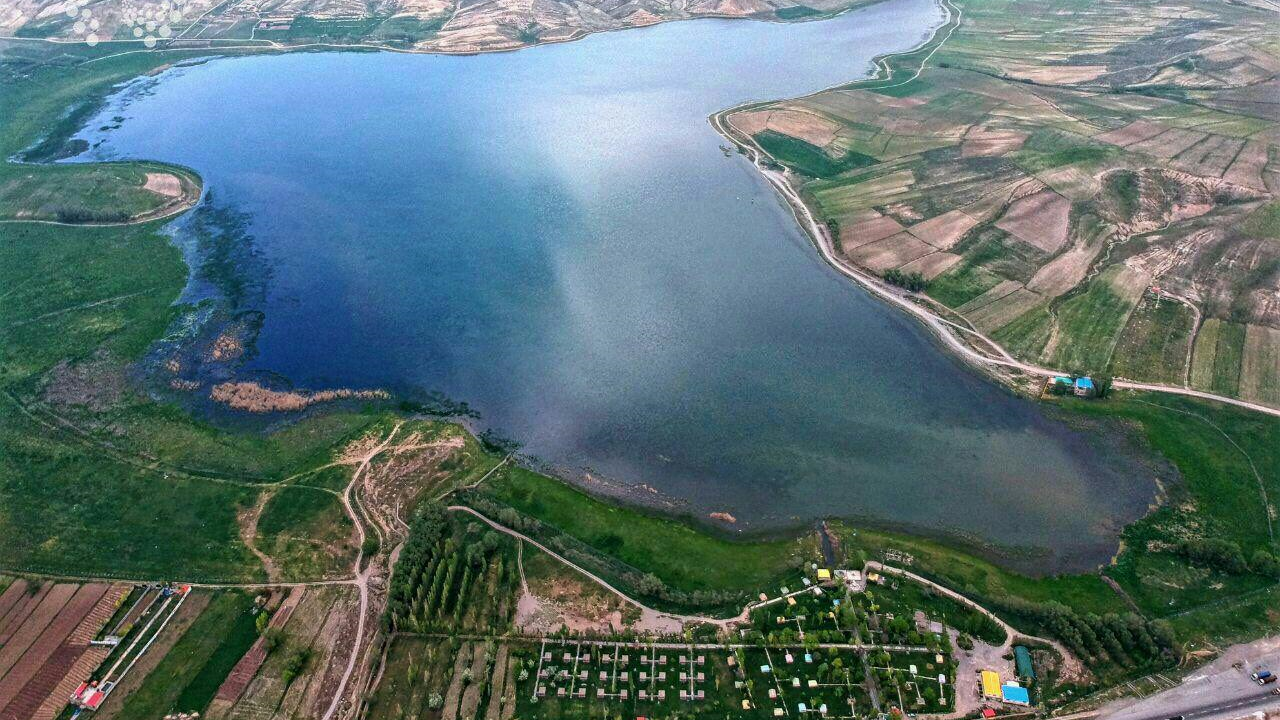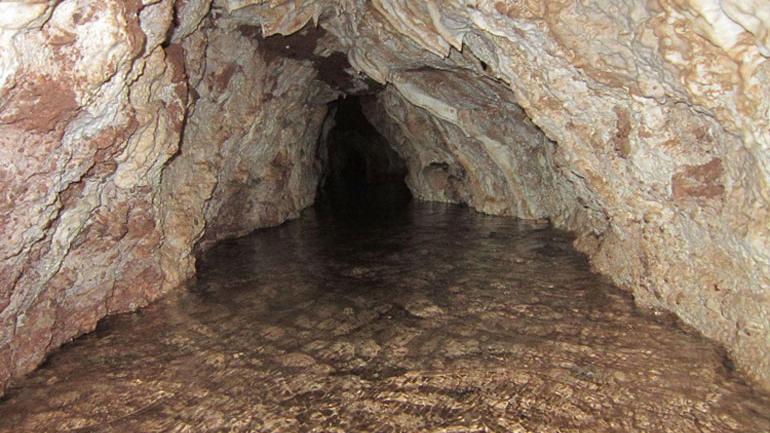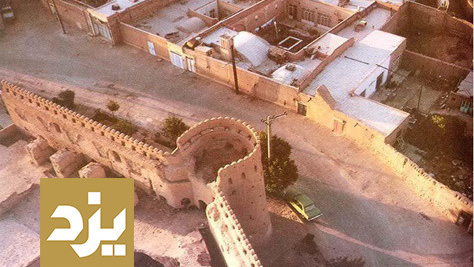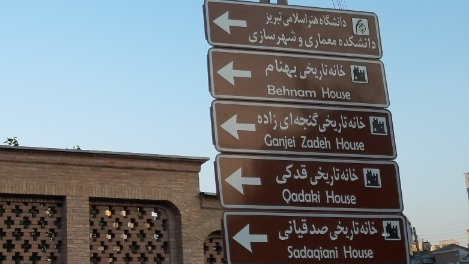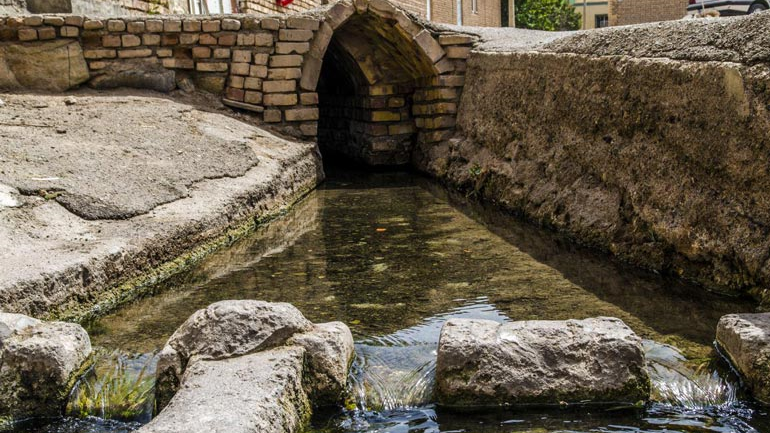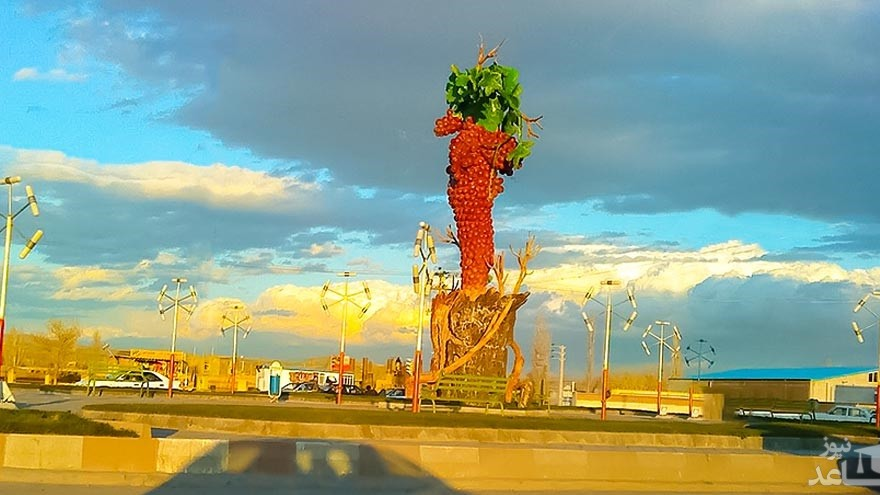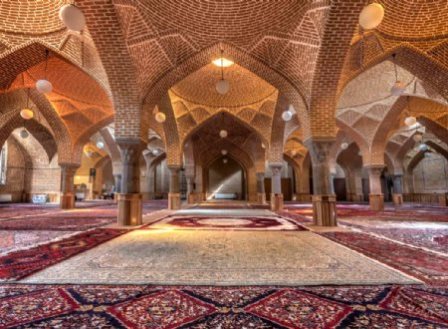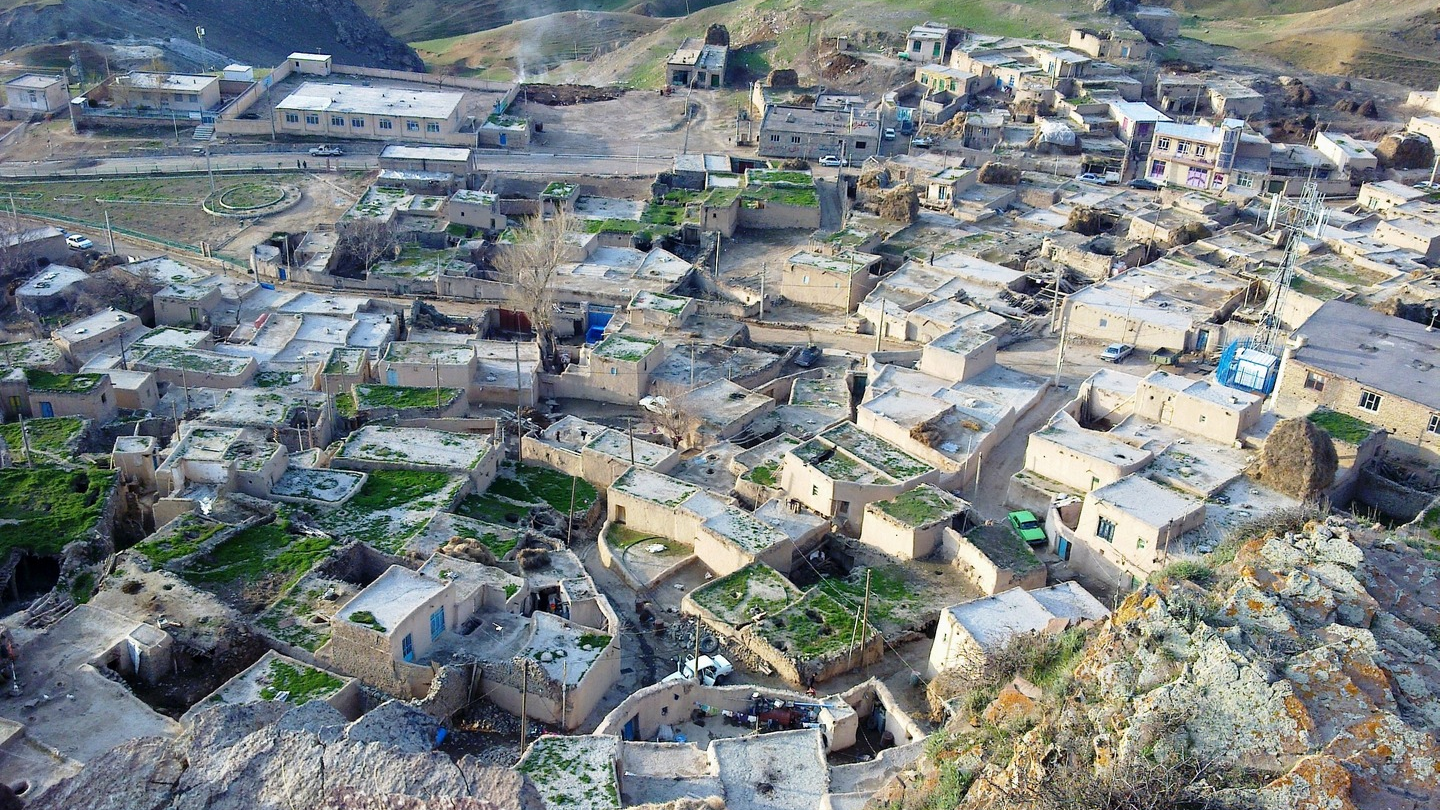
Joushin Village
Joushin village is located about 100 km from Tabriz in the Kharwana district of Varzeqan County most of the people of which live in rural areas. Being situated in a mountainous area, Varzeqan has a moderate climate in summers but its winters are very cold.
In addition to its pleasant nature and climate, Joushin village houses several unique historical sites, visiting which can be an interesting experience for tourists. Besides agriculture and animal husbandry, the people of this village also do beekeeping. Joushin is one of the oldest villages in the region, and based on the archeological findings, the human habitation in it may have been more than three thousand years.
Joushin Castle
There is a historical castle on top of a steep and stony mountain, which, according to some experts, belonged to Babak Khorramdin who was the leader of Iranians opposing the Abbasid dynasty in the 9th century AD. This castle is 26 kilometers away from Varzeqan and six kilometers from Joushin village and is located in a historical area called Dizmar. The castle is 1800 meters above sea level, and its location at a high altitude made it possible to have control over surrounding areas. The road to the castle is very difficult to cross. In fact, the steep slope on three sides of the castle has limited access to the castle only through one path, which is quite narrow, and two people could hardly pass through at the same time; the feature that increased the security of the castle and made it impenetrable.
There is a valley in this mountain that has created a gap between the heights on which the Joushin Castle is located and the Pir Saqqa mountains. In the past, a trade route passed through this valley and bandits used to ambush passing caravans from the heights of the Joushin Castle.
Even though the structure of the castle has been largely destroyed, the remains of rooms built with stone and lime mortar and plaster can still be observed in it. Some ponds were also made at the foothill of the mountain to store water. The entrance to the castle has carved stone steps that have retained their old shape. A few cylindrical pits can also be seen on the rocks, which were most likely built to place torches in them.
Ancient Pottery Works of Joushin
In the excavations carried out in Joushin Castle and its surrounding areas, certain pottery works were discovered that may belong to 6500 years ago. Clay and bronze figurines, bone stitching awl and stone tools, ovens used in the Bronze Age, iron bayonets, and various bronze pendants are other objects found during the course of excavations in Joushin.
Imamzadeh Seyyed Ebrahim Khalil’s Tomb
Downstream of Joushin Castle, there is a mausoleum that is believed to be that of a descendant of Imam Musa al-Kazim, the seventh Shiite imam. Despite the fact that there is no inscription in this mausoleum the local people believe that the person buried in the tomb is Seyyed Ibrahim Khalil.
| Name | Joushin Village |
| Country | Iran |
| State | East Azerbaijan |
| City | Varzeqan |
| Type | Historical |
| Registration | National |
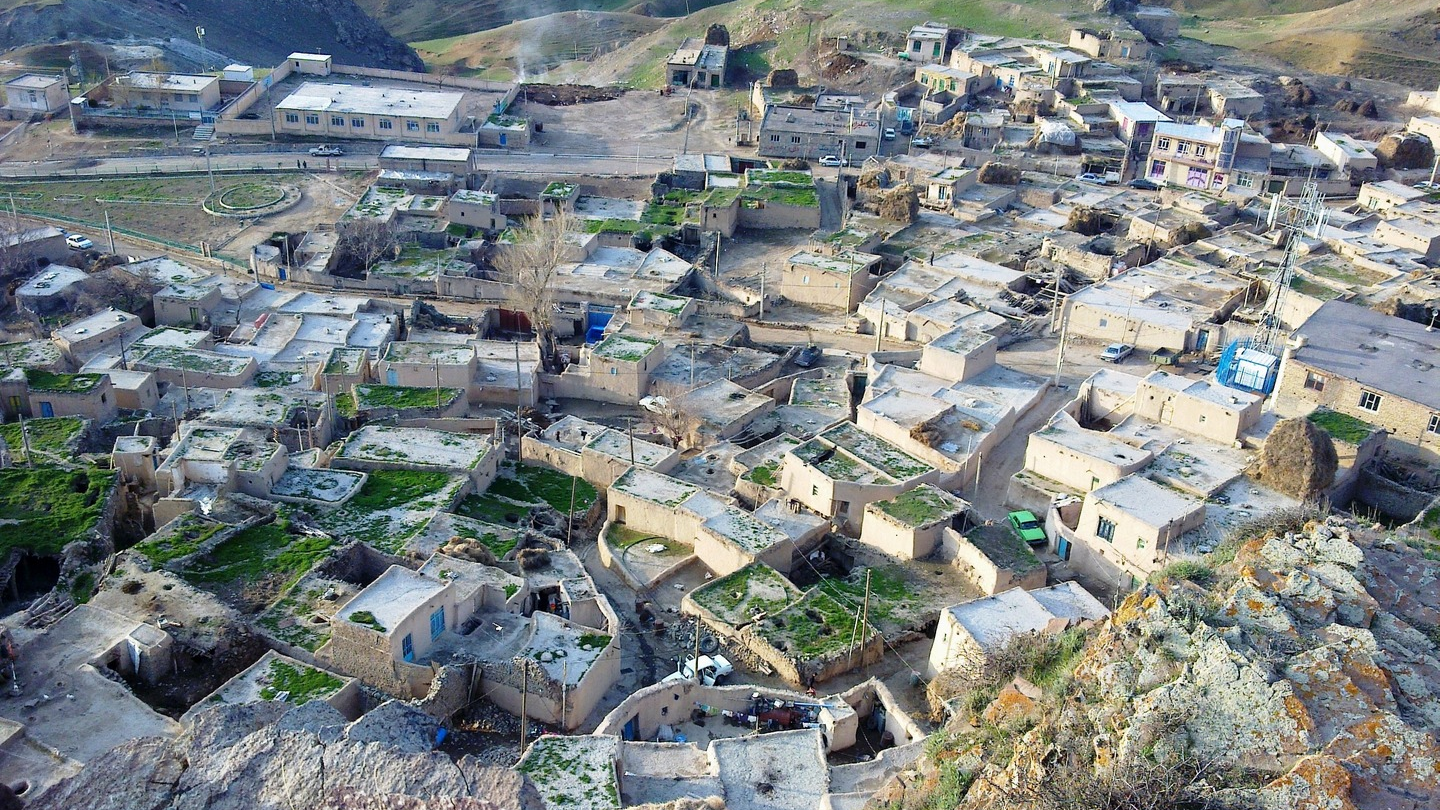
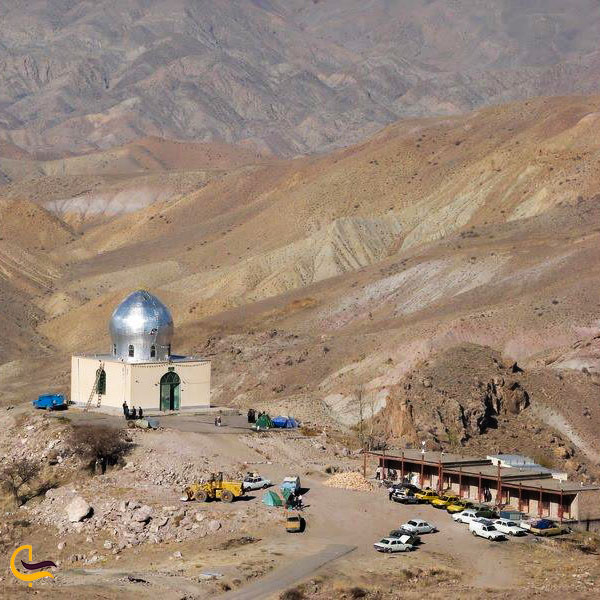
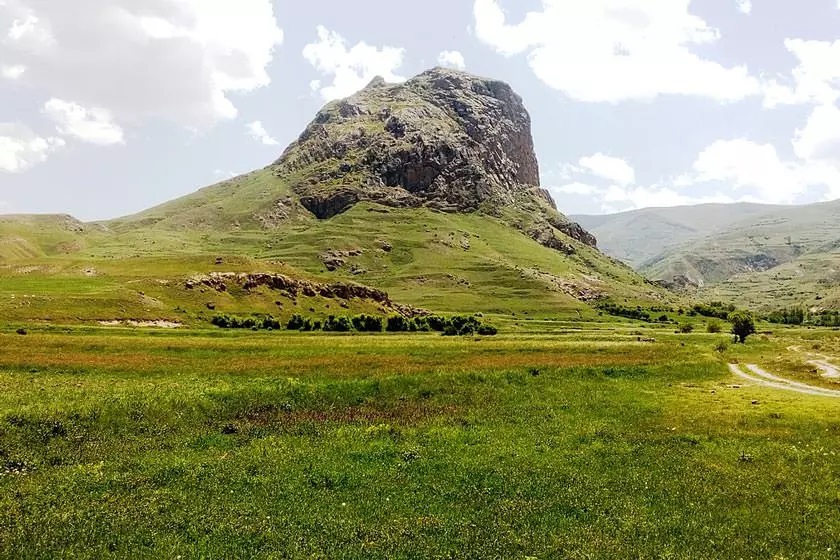
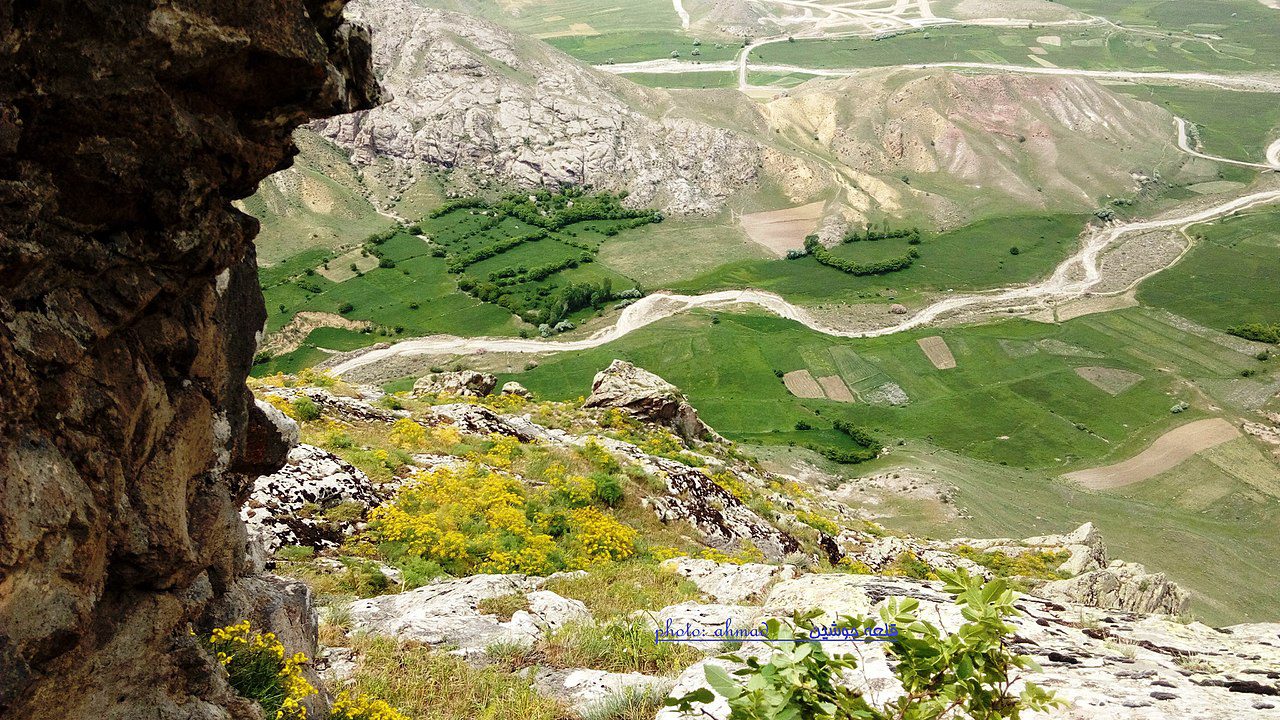




Choose blindless
Red blindless Green blindless Blue blindless Red hard to see Green hard to see Blue hard to see Monochrome Special MonochromeFont size change:
Change word spacing:
Change line height:
Change mouse type:
